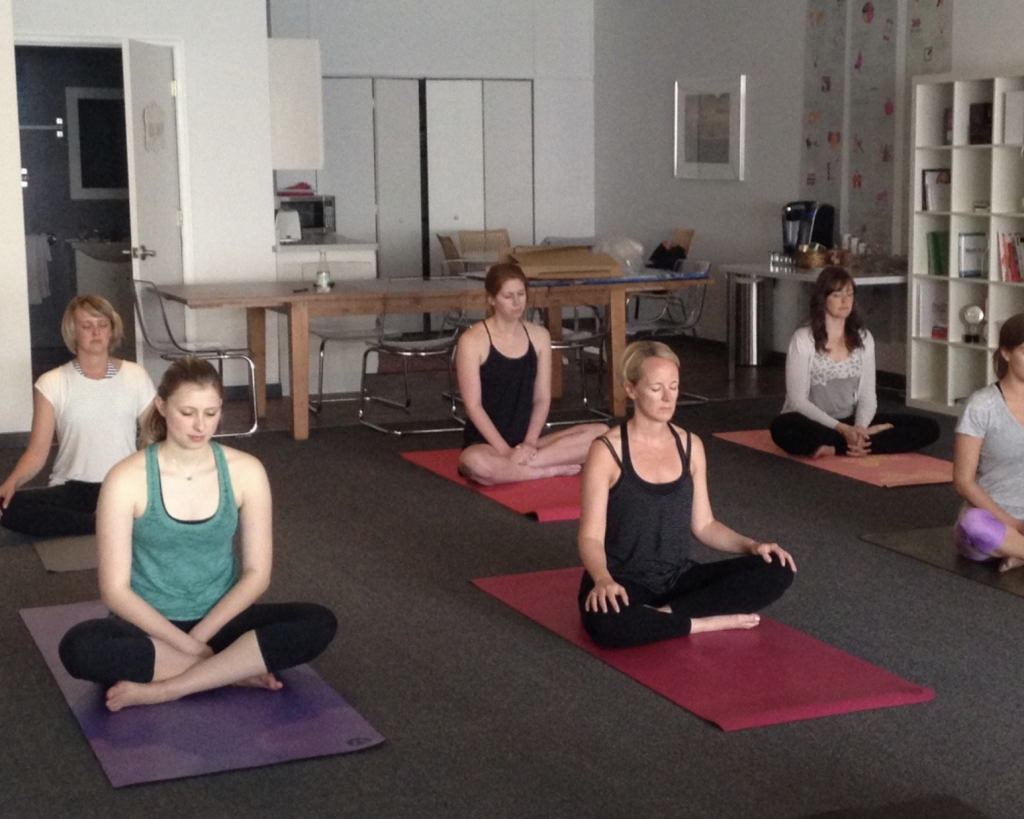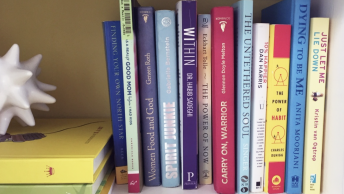My grandfather says there are only two types of people in this world: rule followers and rule breakers.
I’ve thought about this, relative to the people in my life. If you googled the term, “rule follower,” you’d see pictures of my mother and husband waving back. They believe rules are meant to be followed, and that you should go out of your way to adhere to them at all times.
Meanwhile, my father and I consider rules to be more like…suggestions. They’re meant to be pushed, pulled, stretched, bent—and sometimes, completely ignored.
When I was in fifth grade, I called the school and pretended to be my mother, so my friend Missy and I could skip school for the day. Somehow it worked, despite the fact that I deployed a British accent since I thought it would make me sound older and more sophisticated—even though my mom isn’t English.
Despite my love for skirting rules, it’s odd that for so much of my career, I followed many unwritten rules without question. For example, I bought into the belief that I had to choose between spending time at work and spending time with my kids. I also thought it was important to say “yes” more often than to say, “no.”
I’m not sure where these rules came from, because I never questioned where they came from. I never even questioned whether they were true. I just accepted them as facts and diligently followed them.
I was out to impress, but this made me do dumb things. It made me work too hard, try too hard, and buy into certain beliefs that were decidedly not true.
After years of soul-searching, here are five unwritten rules that I no longer live by. They are listed in the order in which I stopped following them.
1. Fake it ‘til you make it.
Nope. Not a good idea. This was my style during most of my career. I smiled, nodded, and said, “I’ve got this!”—even when I had absolutely no idea what I was doing. I wanted people to believe I had everything under control, so I pretended like I did. Thankfully my boss, Earl, coaxed me out of this destructive habit. He taught me that it was okay to be honest when I felt like I was in over my head on a particular assignment. When I started breaking this rule, I started asking for help and, lo and behold, I got it. Funny how that works.
2. It’s hard to say no.
For the longest time, I had a hard time saying no to other people. I had a million ways to say yes but I couldn’t find the words to say no. Then, a mentor taught me a trick. He said, “When someone asks you to do something you don’t want to do, picture them as a teenage boy who’s trying to make out with you. That teenage boy will take everything you’ll give him and still want more. So it’s up to you to draw your boundaries and be clear about those limits.” I find this technique not only effective, but hilarious. It works every time, proving beyond a reasonable doubt that it’s not, in fact, as hard as I thought to say no. It’s actually fun.
3. There’s no time for me-time.
When I bought into this rule, I could never find time to exercise. No matter how hard I tried, there were never enough hours in the day. However, when I started questioning the rule, it allowed me to stop asking if I could find more me-time and start asking how I could find more me-time. And it turned out the answer was in the future. If you look at your calendar for tomorrow, there’s not likely any time for me-time because your calendar is completely full. However, your calendar is not completely full three months from now. Flip three months ahead on your calendar, then block out time for exercising or relaxing and most importantly make them recurring meetings. When that time arrives, your me-time will already be built into your life.

4. Success equals happiness.
For many years, I was convinced that the more titles and trophies I collected, the happier I would become. However, I eventually saw the writing on the wall that told me that more success was not better success. The opposite was actually true for me: success was very stressful. So a few years ago, I made the conscious decision to start breaking this rule. Instead of continuing to climb with a pickax to the top of my career, I’ve found a comfortable plateau of success and am choosing to dance on it instead of clamoring my way to the top of another mountain. In my opinion, the view is better from here.
5. Women can’t have it all.
Fooled again. So many women march to the beat of this drum, believing it’s true. For most of my career, I was also convinced that I had to choose between spending time on my career and spending time with my children. But my perspective on this topic changed when I started questioning the rule in the first place. Is it really true that women can’t have it all? What if I choose to believe the opposite? Today, when I find myself effortlessly weaving together my personal and professional lives, I pause for a moment of gratitude. I’m grateful I believed that breaking this rule was, in fact, possible. I believe women can have it all, but only if you have the courage to first figure out what your own “all” is. You’ll never have it all if you’re pursuing everyone else’s definition.

So, there you have it. Five rules that I chose to follow for many, many years without questioning whether they were actually helping or hurting me; I saw other people following these rules and I chose to follow them as well.
This evolution didn’t happen overnight. I started by taking baby steps. First, I had to be honest about my capabilities and boundaries, then define my time and success on my own terms. Finally, that led me to breaking all the rules above.
I’ve always loved breaking rules, and it feels good to be back to my old ways. I know my rule-following grandfather would disagree, but I believe there’s a time and place for this practice. Like when certain rules just aren’t working anymore. Where will you begin to bend or break the rules you’ve been blindly following?






